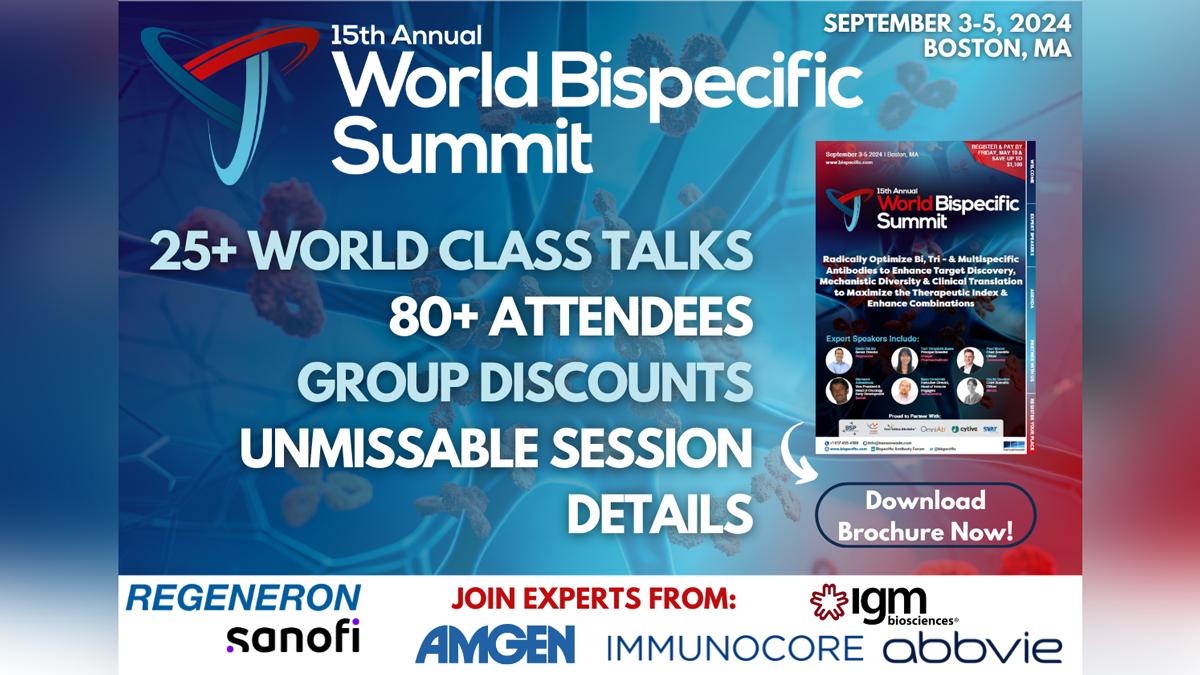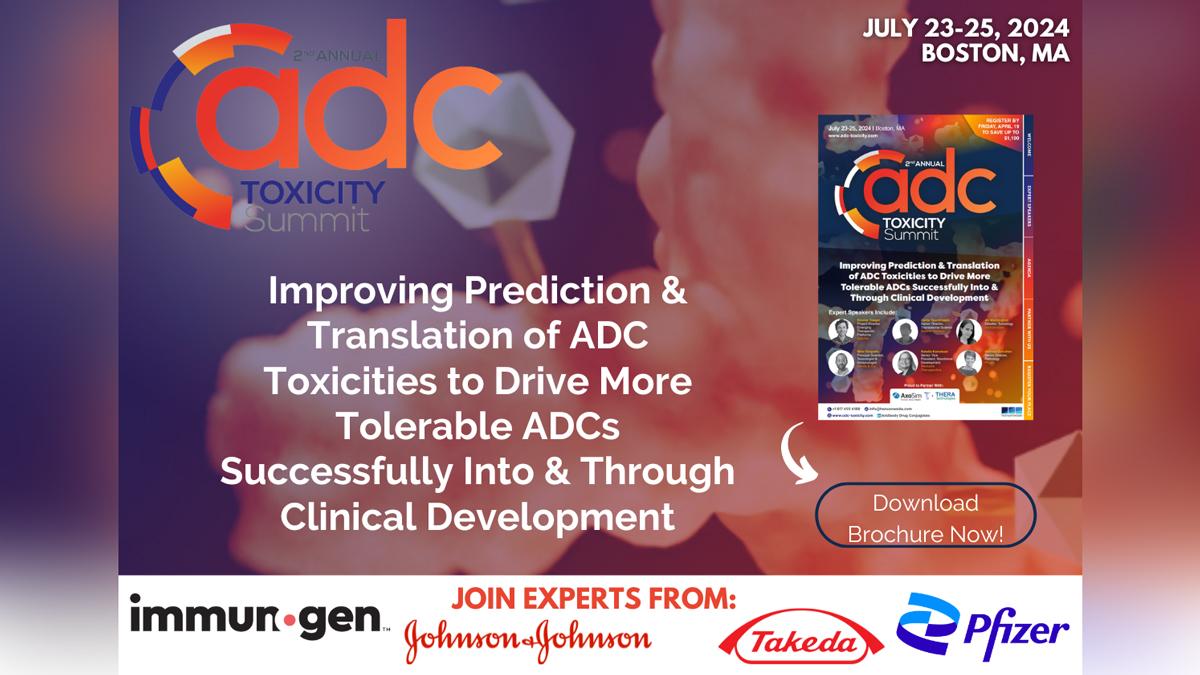Jardiance doesn’t cut it in post-heart attack trial

SGLT2 inhibitors have transformed the treatment of heart failure in the last few years, but an attempt to extend their use into the setting of post-heart attack patients has suffered a setback.
The EMPACT-MI trial found that giving Boehringer Ingelheim and Eli Lilly’s SGLT2 drug Jardiance (empagliflozin) within 14 days of an acute myocardial infarction (AMI) reduced the risk of a subsequent cardiovascular event by 10% compared to placebo, but that wasn’t a statistically significant difference.
The results – which were reported at the American College of Cardiology congress and simultaneously published in the New England Journal of Medicine – are a major disappointment and come after a trial of AstraZeneca’s SGLT2 inhibitor Farxiga (dapagliflozin) also generated unconvincing results.
Around a third of people who suffer a heart attack go on to develop heart failure within the following 12 months. Given that SGLT2 drugs have been shown to prevent heart failure in studies involving people with diabetes and kidney disease, and reduce progression in those who already have it, the study hoped to show similar benefits in post-AMI patients.
EMPACT-MI was a big study, involving 6,500 patients, and there were some signs of efficacy with Jardiance, including a significant reduction in first and total hospitalisations for heart failure, although the risk of death was the same as in the control arm. The primary endpoint of the study was a composite of that measure plus the development of heart failure or death.
“Despite remarkable advances in treatment, heart attack remains the most common cause of heart failure,” said Jeff Emmick, head of product development at Lilly. “There is still an unmet need to reduce the risk of new-onset heart failure and other common complications after a heart attack.”
DAPA-MI enrolled around 4,000 subjects and had a slightly different approach, as it enrolled post-AMI patients with impaired left ventricular function or a Q-wave MI, a group more likely to develop heart failure in future.
In that study, Farxiga given within the first 10 days of a heart attack also failed to have a significant impact on the original endpoint of cardiovascular death and heart failure hospitalisations. However, the design allowed for a broadening of the endpoint to include a range of cardiometabolic outcomes that enabled it to show a positive result.
It had been hoped that EMPACT-MI would build the case for SGLT2 inhibitors in post-AMI patients but, for now, it seems hard to make a case for the class, although, ACC commentators said the current data on the class suggests a potential role for early use following AMI in “select, high-risk patients.”
That’s a pattern that has also been seen with other drugs for heart failure, notably Novartis’ Entresto (sacubitril/valsartan), which was also unable to improve on standard therapy in heart attack patients in the PARADISE-MI study.













